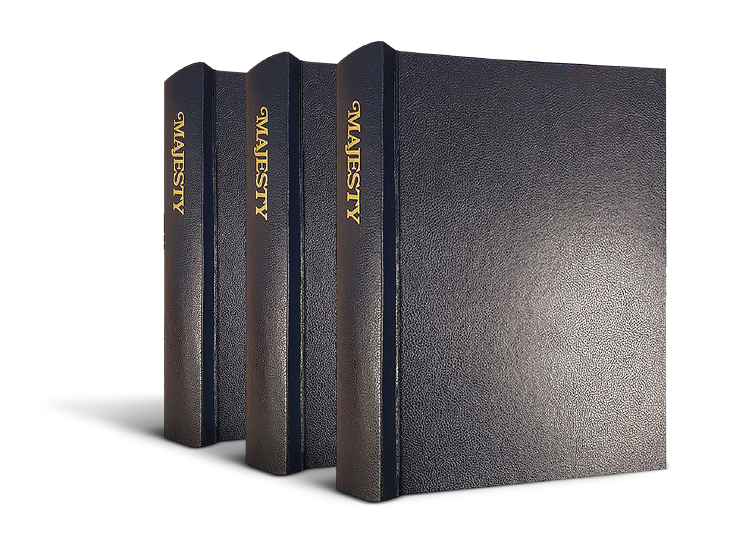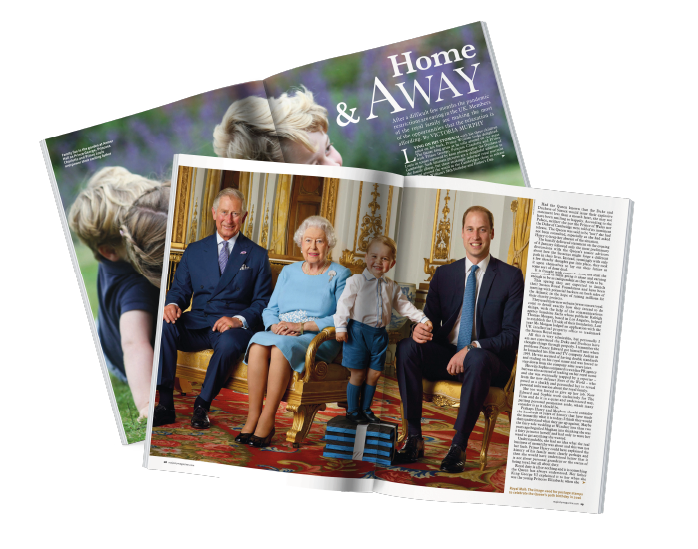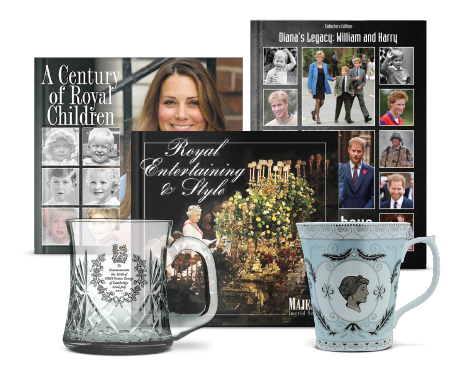
never miss an issue

As Queen Elizabeth II takes her place in history we will remember her for the person she was, not the institution she represented. Humility and duty sat comfortably alongside her unique brand of humour and the rituals she knew so well that are so much part of the monarchy. She was upheld by her deep Christian faith until the end when she passed away in her Aberdeenshire home. It was appropriately the one place on Earth she felt tranquility, regardless of the variances of nature.
Death was unexpected, as it often is, despite it waiting in the wings. The Queen’s children were caught off guard in various parts of the country and only her son and heir, now King Charles III, and her daughter, the Princess Royal, made it to her side in time.
The void the Queen leaves behind is immeasurable. Her family, her household, her ladies-in-waiting, her estate workers, her friends and her people were not ready to say goodbye. She lived and reigned in an age of the most significant change the world has ever witnessed and most had never known another monarch. Her face was the most familiar in the world. Her brightly coloured coats and hats, worn with patent leather shoes, were instantly recognisable along with the trademark handbag carried on her left arm. Her voice from girlhood to old age dropped a few octaves but remained essentially the same, full of well-rounded vowels and crisp utterances.
She was not only the longest-living and longest-reigning monarch; she was the most loved. The extraordinary affection in which she was held was illustrated over and over again by the huge crowds that gathered at every opportunity where they might glimpse her coffin, whether it be in the remoteness of the Highlands or the muted pace of the procession along Edinburgh’s Royal Mile.
Then she came south on a lumbering RAF transporter and was placed in a new state hearse for her journey into the capital city where she was born 96 years ago. Her people stood outside their cars along the A40 Western Avenue in pouring rain, heads bowed, mostly silent but with occasional ripples of applause.
Her journey from Buckingham Palace to Westminster Hall the following day, with all the pomp and ceremony this country could muster for a monarch of such magnitude, was the most heart-breaking of them of all. The crowd, once again solemn but unbowed, was a silent stream of reverence as people took their places behind barriers for a last glimpse of their Queen as she passed by. The sunlight caught the St Edward’s sapphire – said to have been worn by St Edward the Confessor and discovered in his tomb in 1163 – in the cross of the Imperial State Crown. The crown was made for the coronation of the Queen’s father, King George VI, and was worn by Her Majesty for the State Opening of Parliament until recent years.
It was not the sapphire but Queen Elizabeth II herself who was the jewel in the crown. We will miss her.




